They say that a company is more like an organism than an organization. That’s because every company is made up of people, and people ebb and flow. Individual performance fluctuates. Focus surges before it wanes. That’s why integrated project management has been a hot topic ever since it was introduced in 2012 by the Project Management Institute.
What is Integrated Project Management?
Integrated project management is defined as the integration of company processes, resources, culture, leadership styles, and reporting into a comprehensive project management plan. It is a holistic approach to getting things done efficiently while accounting for all the factors that contribute to successful projects.
Integrated project management is not a software program although software may support its implementation with your project teams.
It’s not an individual module or set of features that you can buy and plug into your current system. Rather, it’s a way of thinking about project management as part of the culture and workflow already existent within your company – across all departments and multiple teams.
It’s a beast of it’s own, but one that’s worth understanding. That’s why we created this post – to make it simpler for all of us to use and benefit from integrated project management.
Key points of integrated project management
Integrated project management is a complex topic studied by most enterprise firms to improve efficiency. But integrated project management principles can be used by small companies too. In fact, if you plan to scale it’s better to think about it sooner than later.
Project managers can use a simple integrated project plan to make their project teams more effective. By using an integrated approach, project managers can improve communication and collaboration between team members, which can lead to a more efficient and productive project team.
In addition, using an integrated workflow can help project managers better manage resources and deadlines, which can result in on-time and on-budget projects.
Here are the key components:
- Determine which company goals should be project-driven or process-driven.
- Determine which projects and processes affect each other.
- Decide which reports need to be produced regularly to measure success.
- Determine the categorization of project and process data.
- Plan to fill talent gaps.
- Plan to fill process gaps.
- Plan to improve company culture.
- Plan to make alterations as necessary.
The primary goal is to understand and outline the complexity of projects and processes, plan for how to improve them, and integrate them into a project charter that can be used by each team member.
Let’s explore how you can easily account for each item.
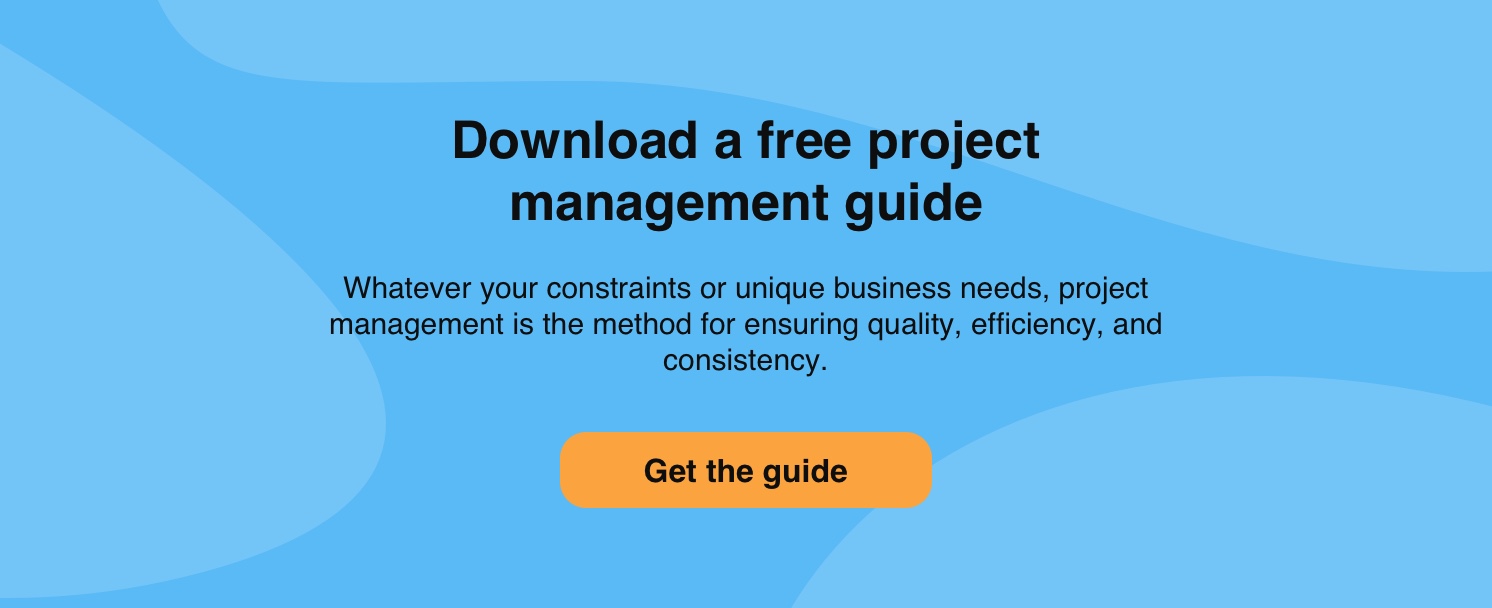
Process-driven and project-driven goals
Project managers can use integrated project management to improve the effectiveness of their team. By understanding the different types of project goals and processes, and by organizing projects and processes in a meaningful way, project managers can create a project management plan that is tailored specifically to their small company.
A project-driven goal is one that is done solely for the purpose of completing a specific project, whereas a process-driven goal will be executed continuously or on an ongoing basis.
For example, you might have a project-driven goal to launch a new healthcare app in six months, but you might have a more long term process-driven goal to handle new patient registrations in a certain amount of time by establishing an efficient process.
Once you have identified which goals should be project and process driven, it’s important to know which processes and projects affect each other, so that your project team can work on the right things at the right times.
For example, perhaps adopting an integrated approach will allow new employees to become productive more quickly than before.
With a little patience, you can reverse engineer your business model and account for every process and type of project necessary to be successful. The next step is to organize those projects and processes in a meaningful way.
First, you should document these processes and project types in a project charter. Then, use project management software to build an actionable framework.
We use DoneDone projects and DoneDone workflows to execute projects and processes respectively. Whether you’re a digital agency or specialists in audit & assurance services, you should create a custom workflow that reflects your team’s unique process. DoneDone project folders contain all the tasks necessary to complete each project, all guided by your defined workflow. This is a great way to keep things organized.
Custom workflows can be used to model the steps in each process. Then those processes can be applied to the relevant projects.
This is a foolproof way to make sure that your teams follow the processes outlined for the projects they are working on.
Relationship between projects and processes
Project managers can create and use a simple integrated project management methodology to help their small company be more effective.
By understanding the relationship between projects and processes, and by setting up their workflow correctly, a project manager can avoid common project management pitfalls and make the most of their resources.
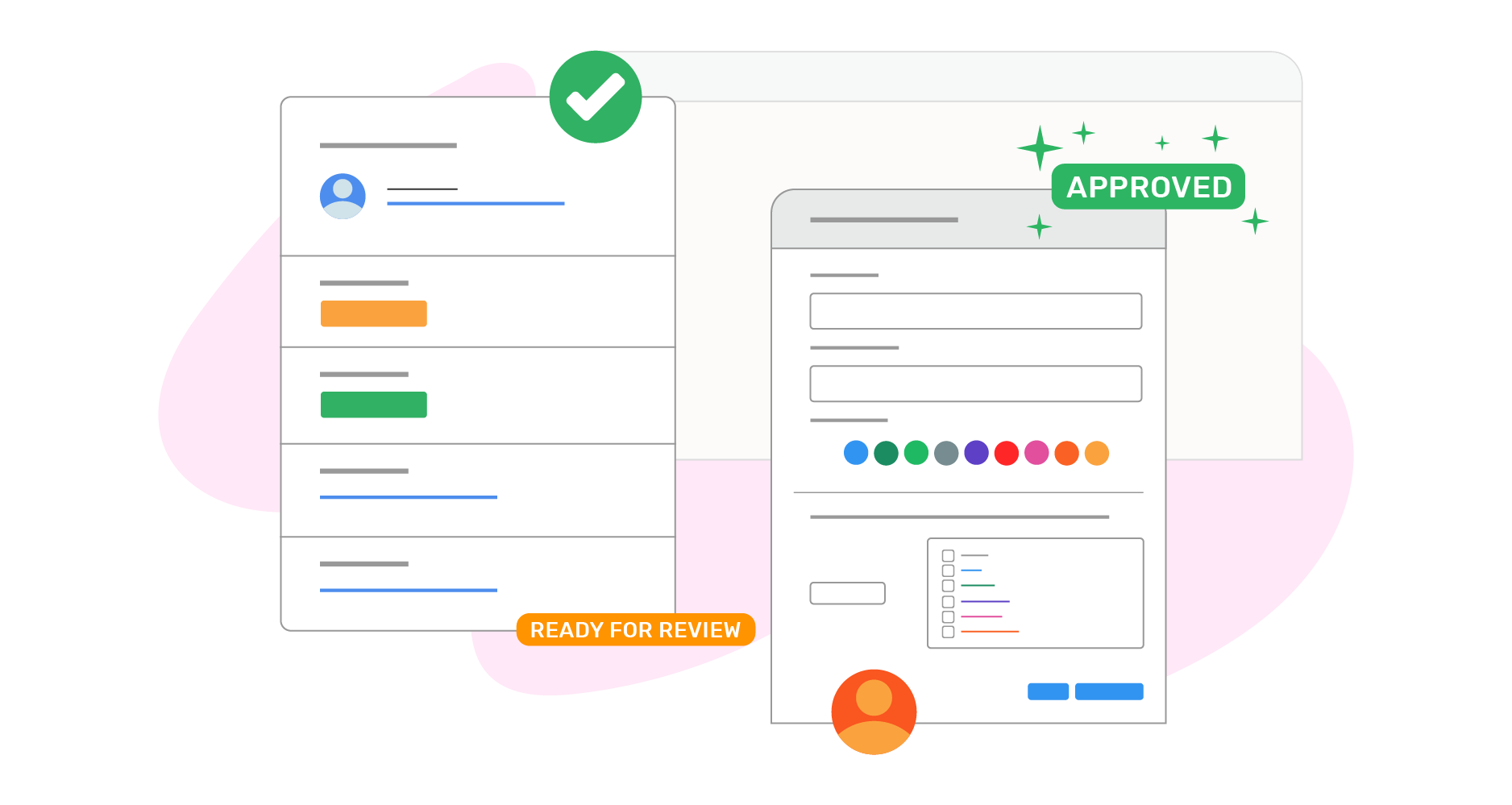
What is the relationship between projects and processes?
Projects are finite endeavors with a defined start and end date, while processes are ongoing efforts that help organizations run efficiently. Integrated project management helps you identify the point where your project relates to your organization’s day-to-day operations (i.e., how it relates to a process), allowing your company to streamline efforts and improve processes and ultimately project execution when appropriate.
To ensure successful project management, a project manager needs to understand the relationship between projects and processes.
For example, a Christmas marketing campaign project may be driven by a “campaign planning” process. That process may include steps like:
- Conceptualize creative work
- Write call-to-action
- Pass creative works along to the publisher
- Deploy creative works
- Review campaign metrics at 90 days
The item “write call-to-action” may generate a task for your copywriter to execute as a part of the larger project execution. This would be something to check off as a completed item.
The item “pass creative works along to the publisher” may not necessarily be an item to check off, but it should be an actionable step recognized in the project plan.
By using its simple kanban view, which visibly depicts the status of each piece of work within a project’s workflow, DoneDone workflows make those actionable steps clearer and easier to manage.
Go over the types of projects and processes you will need for your company to run like a well-oiled machine. Then implement them into your project management software to provide direction to your staff.
Measure success with reports
As a project manager, you want to make sure that your project team is successful and project execution is smooth. But there are many forces outside of your control which may be preventing them from reaching their project objectives.
The main goal is to make sure that the key stakeholders get a clear picture of how smoothly projects and processes are running along with how your project team is performing against its project charter.
An experienced project manager needs to be able to quickly identify inefficiencies and fix them. Simple but effective reporting can help. A lack of proper reporting leads to panic, frustration and ultimately failure.
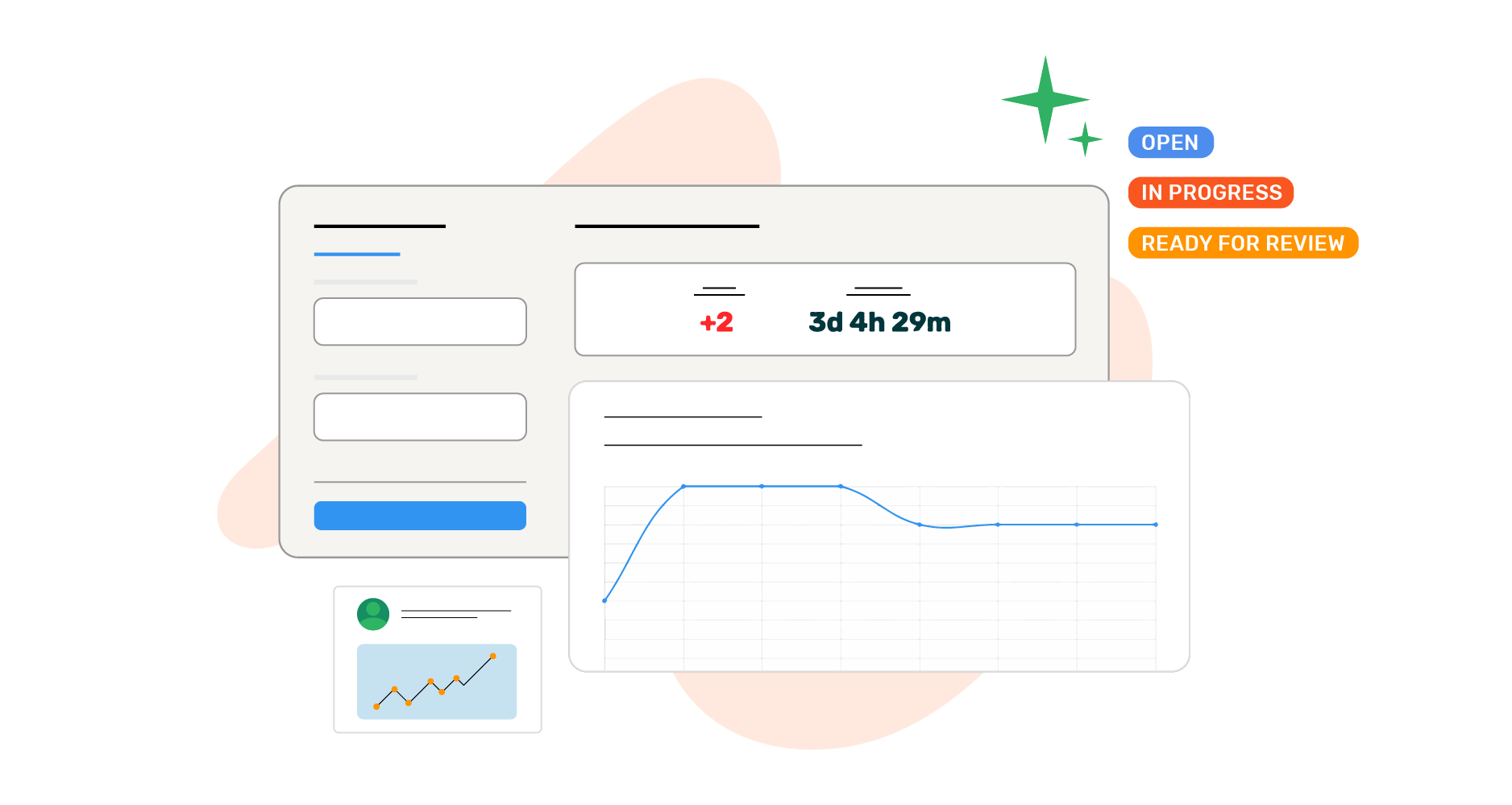
Larger companies usually have a project management office (PMO) to review all the statistics, but smaller companies can take a much simpler approach by generating relevant reports from their project management software to measure how well the project is progressing towards the project management plan.
Successful project managers know that they can’t do it alone. To ensure their project team is on the right track, a simple reporting system should be set up to provide them with key insights and data about how smoothly projects are running.
The reports generated from your integrated project management software will help you identify inefficiencies and fix them quickly before things get out of hand.
They also give stakeholders like clients or senior executives an overview of everything going on at once so they don’t have to bug you for status updates all day long!
Compiling project and process data
If you are a project manager who wants to learn about using integrated project management at your small company, you need to compile data about your projects.
As you’re compiling data as a project manager, it’s important to keep your reporting simple. This will help you track project progress and make sure that your team is being effective working within project scope.

Capturing data about your projects can also help you improve future project planning. Reporting on the following information can help you make sure that your small business is using integrated project management effectively:
- what tasks were completed
- how much time was spent on each task
- how long on average is it taking to resolve a task
- whether your product team’s workload is increasing or declining
DoneDone is a simple project management tool that helps project managers track progress against the project plan using simple reports.
With DoneDone, you can quickly and easily see how your projects are progressing, what’s been completed, and what still needs to be done. Plus, with its easy-to-use interface, you can get up and running with DoneDone in no time.
Plan to fill talent gaps
As you take a closer look at your project management processes, you may find gaps in your existing talent. This could expose your projects to potential failure or inefficiency.
By identifying these gaps, you can work to fill them and improve your team’s overall effectiveness.
By understanding the different jobs that need to be done, the project manager can better assess where they may have talent gaps on their team. This information can then be used to fill those gaps and improve the team’s overall effectiveness.

For example, if you are developing a piece of software you may find that you have everything to get it built but no 3rd party resource to test it. Without a tester, you may deliver the software with significant errors and bugs.
Find out where you need help and fill those talent gaps.
Plan to fill process gaps
If you’re a project manager, you know that the path to success is paved with good processes.
But what if your team has grown and evolved and your process hasn’t? What if there are gaps in the way things get done?
It’s time for an audit. Follow these three steps:
- Conduct a gap analysis of current workflows;
- Identify root causes of identified gaps;
- Develop action plans for each gap.
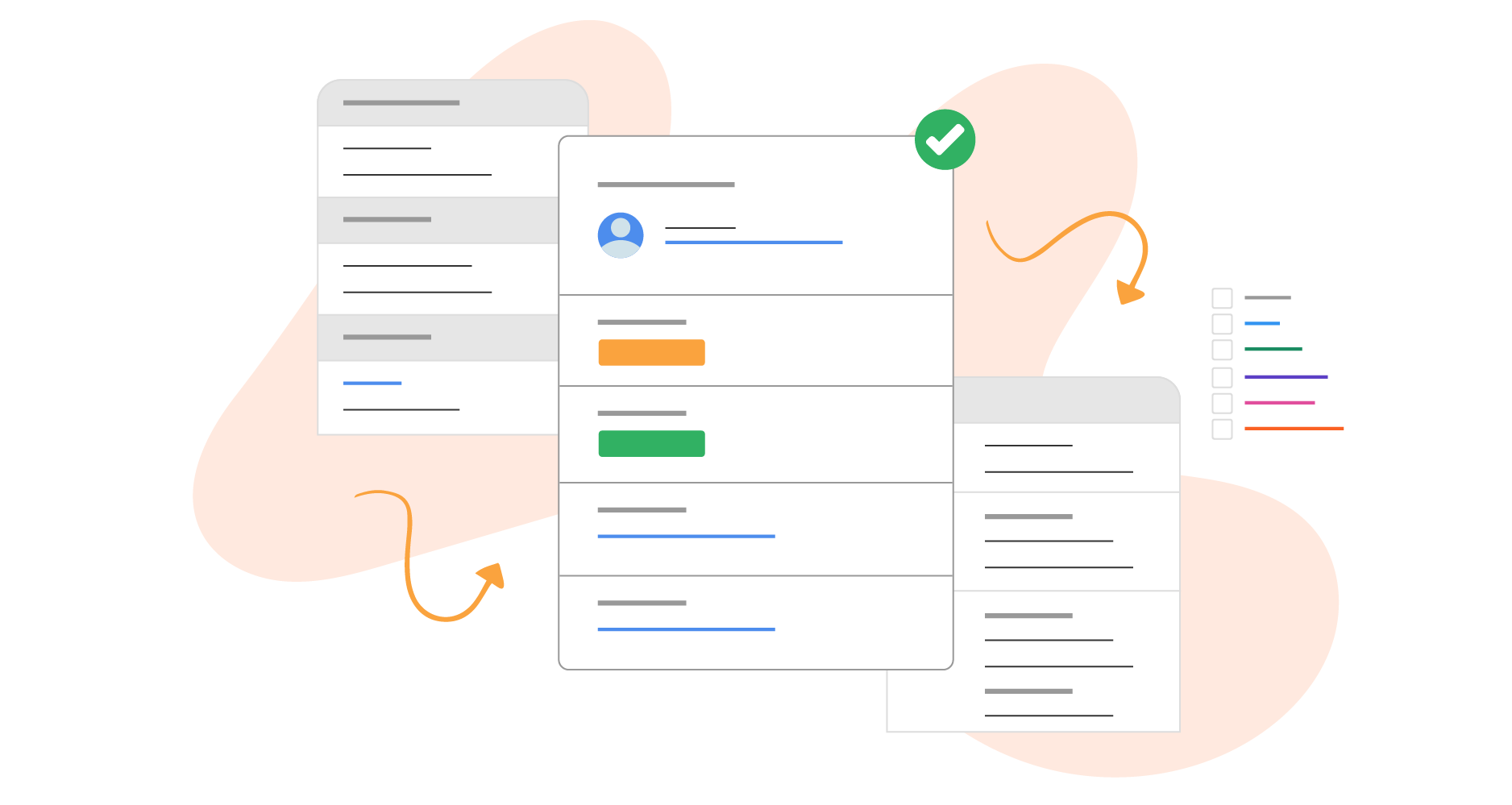
Conduct a Gap Analysis
There are a few key things to keep in mind when conducting a gap analysis of your current workflows. The first is to make sure you have a good understanding of the current process. This means having a project charter that outlines the steps involved in completing the task, as well as a project manager who is familiar with the process and can act as a point of contact for team members.
The next step is to identify any gaps in the process. This can be done by talking to team members and getting their input on where they feel things could be improved. Once you have a list of gaps, it’s time to start looking for root causes.
Identify Root Causes
One of the main root causes of gaps in process is a lack of communication. This can be due to a lack of clarity in the project charter, or due to a lack of communication between team members. Another common root cause is a lack of standardization, which can lead to confusion and inconsistency. And finally, a lack of resources can also lead to gaps in process.
There are a few other ways to identify root causes of gaps in process. One is to look for patterns in the data. For example, if you notice that most of the gaps occur near the end of the project, it’s likely that a lack of resources is the root cause. Another way to identify root causes is to use a fishbone diagram. This diagram helps you to brainstorm all of the possible causes of a problem, and then group them together in categories.
Once you have identified the root causes of the gaps in process, it’s time to develop action plans for each one. This includes defining who will be responsible for each step, as well as outlining when and how the steps will be completed.
Develop an Action Plan
Once you’ve identified the root causes of the gaps in your process, it’s time to develop action plans for fixing them. This includes outlining the steps that need to be taken and assigning responsibility for completing those steps. It’s important to make sure that everyone on the team understands and agrees to the action plans, and that there is a way to track each step.
A project management workflow is not a one-and-done kind of thing. It’s something that needs to be continually reviewed and modified, in order to make sure it aligns with current processes and team members. This means that creating an action plan for reviewing the process on a regular basis is just as important as creating the initial action plan. Each time the process is reviewed, make sure to conduct a gap analysis before making any changes or adding steps.
Once you’ve completed these three steps for all of your process gaps, it’s time to put them into action! Make sure everyone on the team has access to the project charter and understands how it works.
Plan to improve company culture
Company culture is one of the most important and overlooked parts of integrated project management. To improve company culture, look for ways that employee behavior is slowing down your team’s workflow during the review process.

Are there certain members of your staff who approach their work with the wrong mentality?
Do they lack motivation and enthusiasm?
Does poor communication result in multiple reworks or missed deadlines?
If these issues seem to be affecting your projects, then you need to take a closer look at how company culture impacts productivity.
You may find it helpful to talk with other managers about what has been successful for them as well as brainstorm some ideas on how you can make changes within your own department.
Remember: A healthy company culture is an important factor in your overall project success.
A healthy company culture can have a positive impact on your project just as an unhealthy culture can be a detriment.
In order to create or maintain a healthy company culture, it is important to find ways to encourage employee productivity and motivation. One way to do this is by instituting a companywide project management workflow.
A companywide project management workflow, if executed correctly, can help employees identify weaknesses in their work process and become more motivated to strive for improvement.
When all your employees are able to contribute their ideas on how to improve individual workflows, you can gain a better understanding of what different departments may need to function more efficiently.
Employees will then be able to contribute key ideas that may have otherwise gone unnoticed, while managers can provide guidance and coaching along the way.
Consider setting up a shared inbox so that cross functional teams can submit their ideas for consideration by resource management leads.
Examining company culture can reveal big gaps in efficiency and process. Keep company culture integrated into your project management strategy.
Plan to make alterations as necessary
Last but not least, plan to review your project management strategy once or twice per year. Your business is always changing and growing. As you add new product lines, services, and employees you will need to make small pivots in your project management plan.
Constant maintenance of your plan will ensure that you’re always running at the most efficient level. Proactive reviews will mean less firefighting for you and your team in the future.
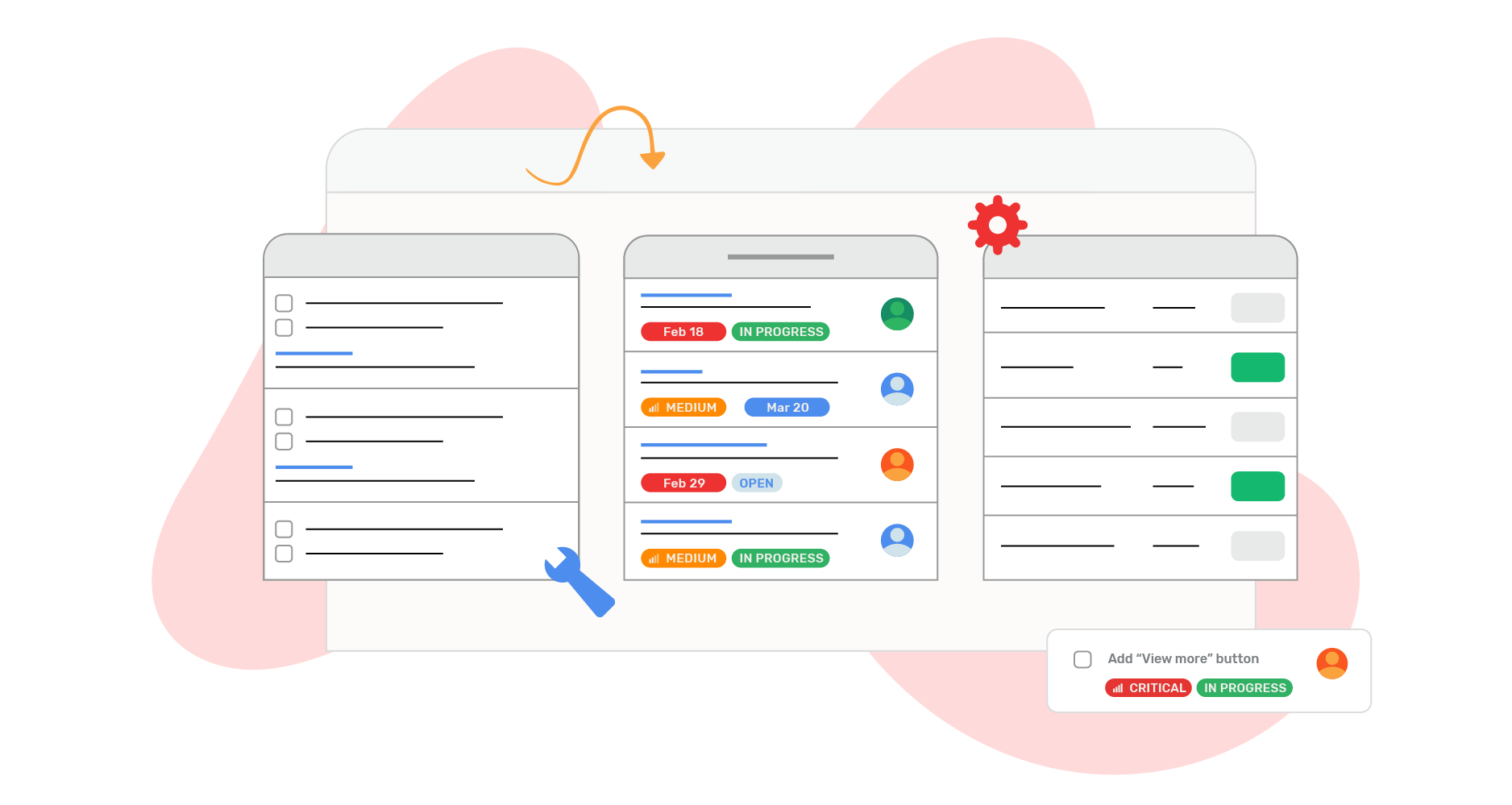
The role of leadership in project management
Ultimately, the strength of your leadership will determine the success of your integrated project management effort. You will be making alterations to processes and team structures throughout this effort. That will almost certainly cause anxiety for many of your employees. The ability to roll out changes incrementally, thoughtfully, and firmly will matter.

The best leaders will excel at building the best teams, motivating the members, and conveying the importance of each task.
Good luck on your journey to integrated project management!
DoneDone makes project management easy-as-pie
Teams love using DoneDone because it makes project management across teams simple. From better team communication to improved processes, progress visibility, and accessibility, it’ll help you work better together.
See how DoneDone’s project management tool works.
